Thromboxane belongs to the prostaglandins and ensures the aggregation of blood platelets. It only occurs in the platelets. A permanently too high concentration of thromboxane leads to arteriosclerosis and cardiovascular diseases in the long term.
What is thromboxane?
Thromboxane is named after the platelets because it is only found there. It is responsible for platelet aggregation. In the body, it is made from arachidonic acid. Arachidonic acid is an omega-6 fatty acid with four double bonds.
During thromboxane synthesis, this forms a so-called oxane ring made up of five carbon atoms and one oxygen atom. With the help of the enzymes cyclooxygenase and peroxidase, prostaglandin H2 is initially formed. Prostaglandin H2 is a peroxide which is immediately converted into prostaglandin A2 by thromboxane synthase. Prostaglandin A2 has an oxygen bridge over the oxane ring, so this compound is very active and only has a half-life of approx. 30 seconds. During this time the hormone mediates its effect and is converted into the inactive form prostaglandin B2. Thromboxane is a tissue hormone and only works locally.
The starting compound arachidonic acid is obtained from the phospholipids of the cell membrane before the thromboxane synthesis. With the help of phospholipase A2, they are split off from the membrane lipids. In addition to thromboxane, arachidonic acid also forms a large number of prostaglandins, which mainly show inflammation-promoting effects.
Function, effect & tasks
The main task of the thromboxane is to aggregate platelets to form thrombi to close wounds and stop bleeding. Thromboxane is only produced in the platelets.
The formation of platelets is a complicated hormonally triggered process that occurs mainly in injuries and open wounds. Several processes take place to stop the bleeding quickly. Shortly after the bleeding occurs, the blood vessel at the injured site contracts. Even the vasoconstriction is mediated by thromboxane via a G protein. After that, the blood circulation initially decreases. The second step can be supported by the reduced blood circulation. The platelets are subject to adhesion and activation. The adhesion is mediated by certain glycoproteins.Activation via the glycoprotein receptor IIb / IIIa gives off the signal for platelet aggregation.
The leaves change their shape. Together with thrombin and ADP, thromboxane now ensures the aggregation of the blood platelets. First of all, the aggregation is reversible. However, when a certain concentration of the release products is reached, this process becomes irreversible. A network of fibrin is then formed so that the injured area finally closes. Thromboxane has a strong opponent. This antagonist is prostacyclin, which is also a prostaglandin from arachidonic acid.
Prostacyclin initially counteracts vasoconstriction and thus indirectly hampers thrombus aggregation. Finally, it also directly prevents platelet aggregation. This control mechanism is important in order to achieve a balance between blood clotting and blood flow. Because otherwise even the smallest injuries can become the starting point for the development of thromboses.
Education, occurrence, properties & optimal values
Thromboxane is just a prostaglandin, which is made from arachidonic acid. Arachidonic acid is one of the most important raw materials for several inflammation-promoting prostaglandins, which all have the same basic structure. They consist of the framework of prostanoic acid. Arachidonic acid is absorbed through food. There is a particularly high amount of arachidonic acid in animal fats, although it is an unsaturated fatty acid with four double bonds.
However, it is also synthesized in the body from the essential omega-6 fatty acid linoleic acid. Arachidonic acid is formed via the intermediate stages gammalinolenic acid and dihomogammalinolenic acid. Linoleic acid is abundant in vegetable oils. However, the synthesis of arachidonic acid from linoleic acid is not very productive, so it is considered a semi-essential omega-6 fatty acid.
Diseases & Disorders
As already mentioned, the prostaglandins of arachidonic acid are particularly inflammatory and, via thromboxane, also promote blood coagulation. These processes are very important for the body and represent reactions of the immune system to infections, injuries and other external influences.
At the same time, the prostaglandins from arachidonic acid also stimulate the pain receptors and thus cause severe pain. There are antagonist prostaglandins, which are formed from dihomogammalinolenic acid or alpha-linolenic acid. These have anti-inflammatory and anti-clotting effects. However, the prostacyclin from the arachidone series is also anticoagulant, but also strongly inflammatory. It plays a special role in connection with allergies and asthma. The sometimes very strong opposing effects of prostaglandins require a balanced ratio of the active ingredients to one another. It starts with nutrition.
The ratio of omega-6 and omega-3 fatty acids is of great importance for health. This ratio should be 6 to 1. If the intake of omega-3 fatty acids is too low, the inflammation-promoting and blood-clotting-promoting prostaglandins will predominate. In the long term, this can lead to arteriosclerosis, cardiovascular diseases, thromboses, allergies, asthma or rheumatic complaints. If the concentration of thromboxane in the body is increased for a long time, there is a risk of increased thrombosis. The smallest injuries to the blood vessels always occur. However, these could be the starting point for constant platelet aggregation.
On the one hand, thromboses and, on the other hand, in connection with inflammatory processes, deposits can gradually develop in the blood vessels in the form of plaques. The result is arteriosclerosis with the risk of heart attacks, pulmonary embolisms and strokes. It is also known that the wrong diet, alcohol and cigarette abuse, too little exercise, obesity, diabetes mellitus and various diseases have an unfavorable effect on the ratio of unsaturated fatty acids in the body in favor of arachidonic acid. This increases the risk of arteriosclerosis and thrombosis.


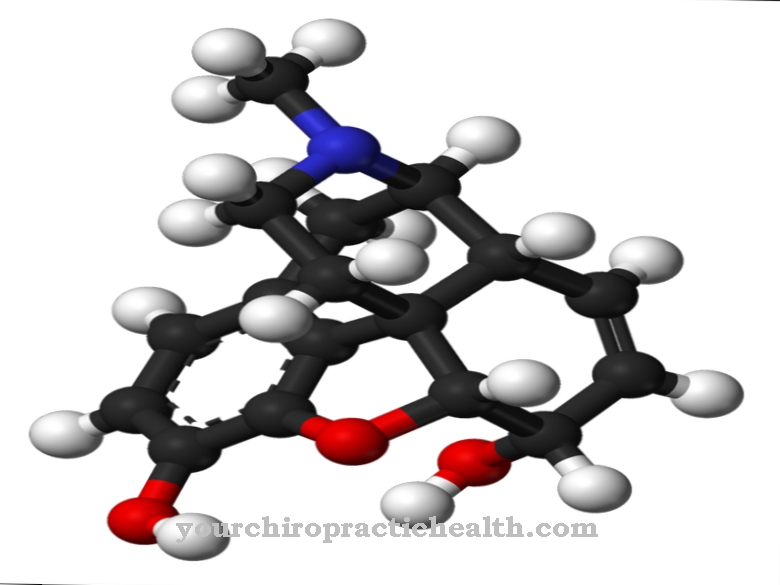
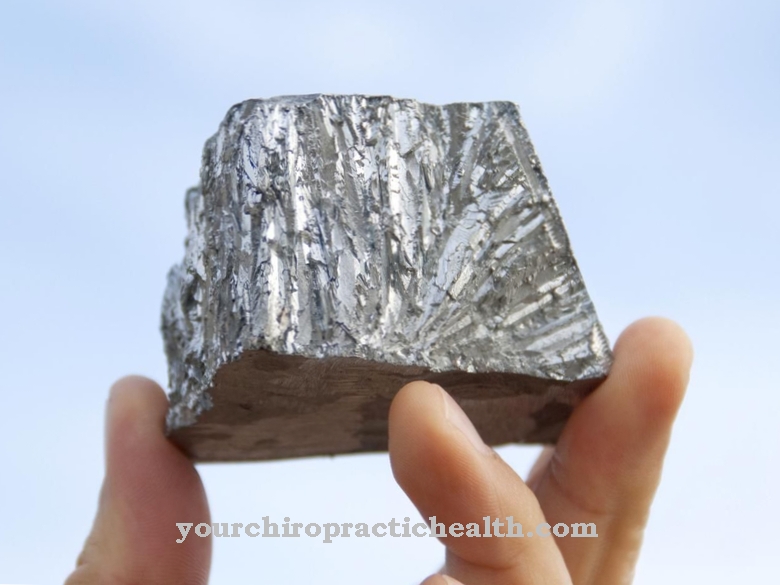
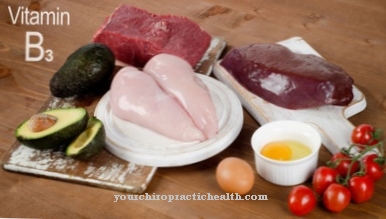
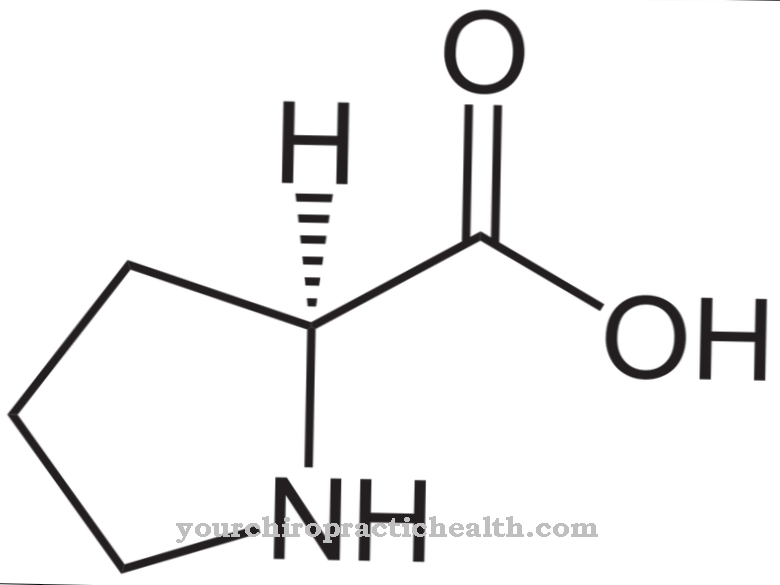
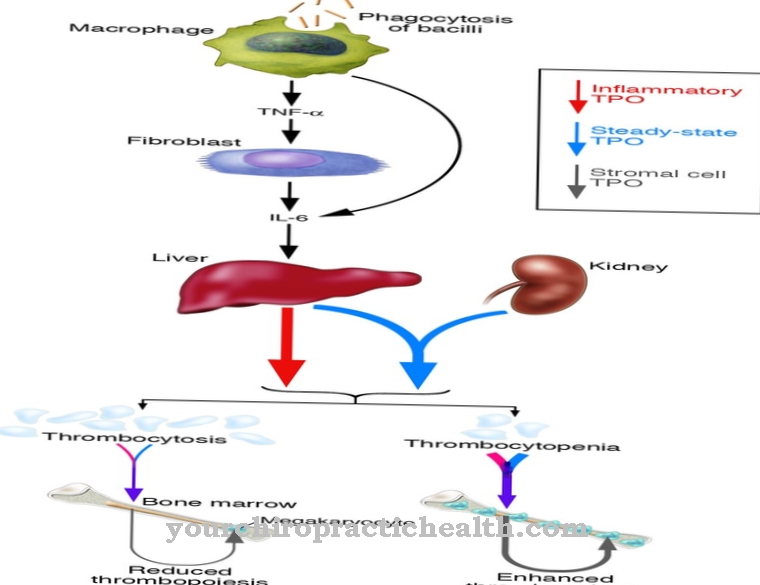










.jpg)







.jpg)


